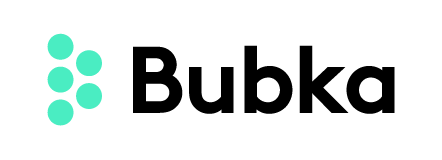During last month’s Climate Week NYC, the sentiment toward the voluntary carbon market seemed to wane. Although government-regulated credits, such as those in the EU’s emission trading scheme, are well-regulated, voluntary carbon credits have been a popular and economical choice for companies aiming to offset their emissions. However, criticisms about these credits being unreliable and potentially a form of corporate greenwashing have grown louder. This skepticism was amplified when the Commodity Futures Trading Commission began investigations into potential fraud within the carbon markets. Morgan Stanley’s report from September 6 highlighted a notable decrease in the value of certain carbon offsets.
As the appeal of voluntary offsets diminishes, the concept of “insetting” is on the rise. The main difference between carbon offsets and insets is that carbon offsetting involves investing in projects that are not related to a company’s products. Carbon insetting involves investing in projects that are related to a company’s products and value chain. For example, Nestlé has adopted an insetting approach, partnering with coffee suppliers in Nicaragua to spearhead restoration projects. Their strategy emphasizes reducing emissions within their operations rather than depending on external offsets. Regulatory changes, both in Europe and the US, are also nudging companies in the direction of insetting. Notably, the EU’s CSRD requires firms to disclose data on emissions from their supply chains and product consumption. The latter is why marketers needs to get involved.
Insetting is not a practice limited to companies like Nestlé or Patagonia. Industry giants such as Walmart, Unilever, and Ikea are also delving into this approach.
While there is still a place for the voluntary carbon offset market, it’s evident that insetting, especially with proper guidelines, offers a more transparent and localized solution for companies determined to lower their carbon impact.


